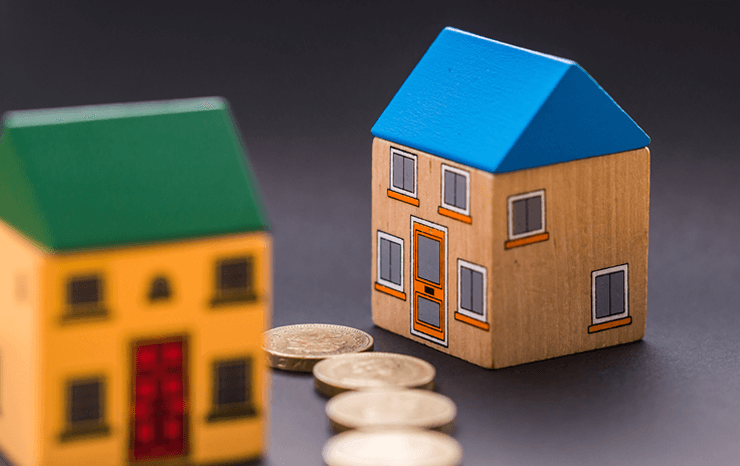The average price of a property in the UK fell to £268,282, down from £272,259 in September.
Robert Gardner, chief economist at Nationwide, said: “Prices fell by 0.9% month-on-month, after taking account of seasonal effects, the first such fall since July 2021 and the largest since June 2020.
“The market has undoubtedly been impacted by the turmoil following the mini-Budget, which led to a sharp rise in market interest rates. Higher borrowing costs have added to stretched housing affordability at a time when household finances are already under pressure from high inflation.”
Rising mortgage rates are a major barrier for first-time buyers, with monthly mortgage payments for someone earning the average wage and wanting to buy a typical first-time buyer property now eating up 45% of take-home pay, up from 34% last month. This assumes an average mortgage rate of 5.5%, and that buyers have a 20% deposit to put down. According to the building society, this is similar to the ratio prior to the financial crisis of 2008.
Uncertain outlook
Current economic uncertainty is weighing heavily on the property market, but the future isn’t looking entirely bleak, Nationwide said.“The outlook is extremely uncertain, and much will depend on how the broader economy performs, but a relatively soft landing is still possible,” commented Mr Gardner. “Longer term borrowing costs have fallen back in recent weeks and may moderate further if investor sentiment continues to recover. Given the weak growth outlook, labour market conditions are likely to soften, but they are starting from a robust position, with unemployment at near 50-year lows.”
A limited number of properties for sale should help support property prices going forward, combined with the fact that 85% of households are on fixed rate mortgages and are therefore protected – at least for now – from rising interest rates.
Lowest income households hit hardest by cost of living crisis
It’s not just higher mortgage costs which are impacting homeowners. Nationwide highlighted that rising energy and other household bills are disproportionately affecting lower income households, as they spend a higher proportion of their income on essentials such as food, gas and electricity.“Lower income households are also much less likely to have accumulated savings, so they will find it more difficult to cover the increase in these costs,” said Mr Gardner.
Although the government’s ‘Energy Price Guarantee’ means a typical UK household will now pay an average of £2,500 a year on their energy costs until next April, energy costs are still going to be around 80% higher than a year ago. That is even after taking account of the £400 energy support scheme discount, which every household qualifies for.
Mr Gardner said: “Running costs for less energy efficient properties tend to be considerably higher, leaving these households particularly vulnerable to price rises.”

